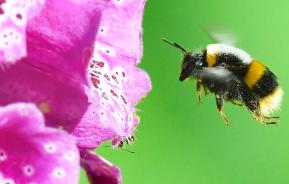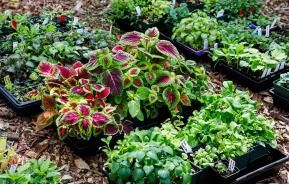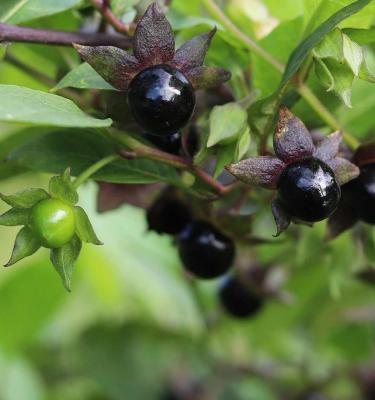
The World’s deadliest plants - 10 of the best (or worst)
The villains of the plant world
For most people, the closest they ever get to a dangerous plant is a cactus or a stinging nettle. They can both be very painful but neither are particularly deadly. Additionally, most people know not to eat wild mushrooms if they’re not sure what they are. So we've compiled a list of some of the world's deadliest plants, to help you to take a little more care when you're next on your travels.

Hemlock
Common Hemlock (Conium) contains a toxin called coniine, which can be fatal even in the smallest of doses. Used in ancient Greece as an efficient means of execution, this poisonous plant works by paralysing the muscles and eventually the respiratory system until the victim can no longer breathe.
A member of the same family is Water Hemlock (Cicuta), which contains a compound called cicutoxin. This not so pleasant plant works by attacking the nervous system causing severe pain, vomiting and kidney failure, and eventually death. In both cases, the poisons contained in Hemlock are concentrated mostly in the roots and stem.
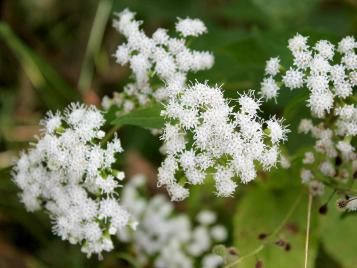
White Snakeroot
This plant, or at least its effects, were commonly known as ‘milk sickness’ in the 19th century, as it was frequently ingested by mistake. Ageratina altissima is the Latin name for White snakeroot and it’s so potent that even eating the meat from an animal that has died from its effects could lead to certain death.
Abraham Lincoln’s mother, Nancy, famously died from its poison.
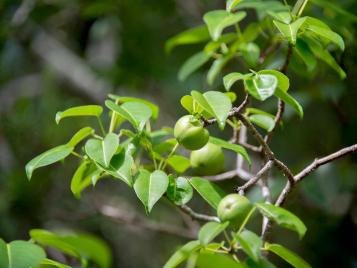
Little Apple of Death
Otherwise known as Hippomane mancinella or Manchineel, the Little Apple of Death is an unassuming plant. It looks innocent enough, much like an apple. But if you were to come into contact with the sap it could cause a violet allergic skin reaction, including painful blistering.
The irritant in question is called phorbol and it’s found in the plant's sap. However, Little Apples of Death also contains several other toxins that, if consumed, would almost certainly result in death.
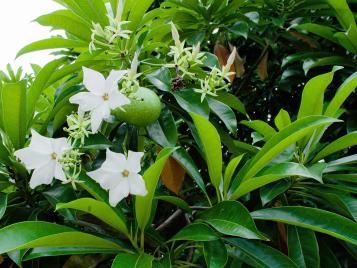
The Suicide Tree
The most potent part of the suicide tree (Cerbera odollam) are actually the seeds. The deadly toxin within the seeds are called cerberin and it works by slowly disrupting the calcium channels inside the heart.
Worryingly, it’s relatively mild to the taste, you probably wouldn’t notice any parts of the suicide tree in your cup of tea.

Deadly Nightshade
The shiny blackberries on the Deadly Nightshade plant (Atropa belladonna) have a sweet flavour, lulling the eater into a false sense of security. The foliage is also very poisonous, causing wild delirium in the consumer.
Similar to Hemlock, Deadly Nightshade causes paralysis of the muscles. It was also once used in eye drops for women to dilate the pupils.

Doll’s Eyes
Very easy to spot, the White Baneberry as it is sometimes known, is about 1cm in diameter, is white and features a small black dot, making it look like a rather sinister doll’s eye.
You’ll find it commonly in Eastern and Northern North America, where the fruit from a Doll’s Eye bush has sadly caused many deaths. The berries are sweet to the taste and have a sedative effect when consumed, quickly moving the numbing on to the heart muscle.
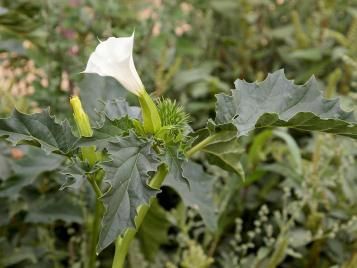
Jimson Weed
Jimson weed (Datura stramonium), also known as Devil’s Trumpet due to its trumpeted shape, comes from the same family as Nightshade. It has been used in medicine for its analgesic effects, but in the wrong hands can prove fatal due to the high levels of toxins and Tropane alkaloids, if used in the wrong quantity.
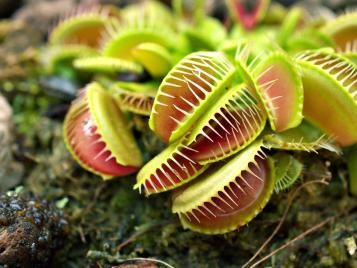
Venus Flytrap
We’ve talked a lot about some of the world’s deadliest plants that humans should avoid, but what about animals and insects? The Venus Flytrap (Dionaea muscipula) is probably one of the most famous (or infamous) deadly plants around. It’s instantly recognisable, with its mouth-like appearance and tooth-like spikes, or hairs.
This carnivorous creature is extremely clever. If one of the hairs on the surface of the flytrap is touched by a crawling fly or spider, the plant’s ‘sensor’ is alerted. Then if another hair is touched within 20 seconds of the first, the head of the plant snaps shut, trapping the creature and digesting its prey.
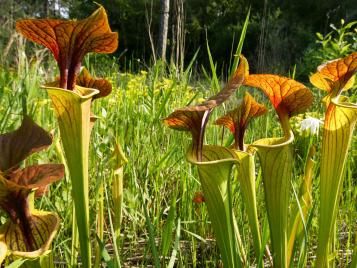
Sarracenia
Another carnivorous plant, this time hailing from Texas, operates with a kind of pitfall trap. Its leaves reach skywards, catching anything that lands on it. There is also a lid which stops rainwater from ruining its next meal.
Much like the flytrap, the Sarracenia digests its victim with speed. The inside surface is slippery and the nectar that it produces gives off a sedative that helps it to capture its victim.
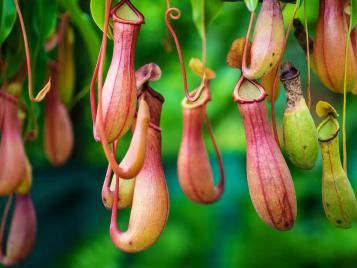
Nepenthes
Sometimes referred to as Monkey Cups, because the brave animals have been seen drinking from their large leaves, the Nepenthes’ creepers have been known to grow up to an astonishing 15 metres tall.
The plant creates a sweet and syrupy liquid inside its cup, which is used to drown and digest its prey. Needless to say, you shouldn’t get too close.





